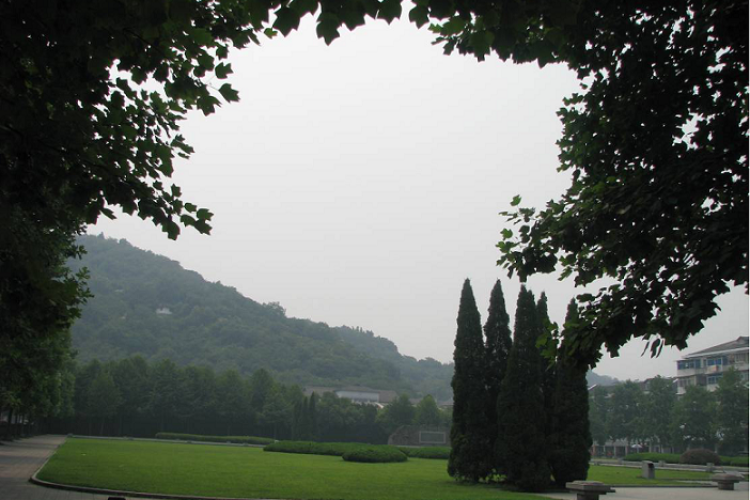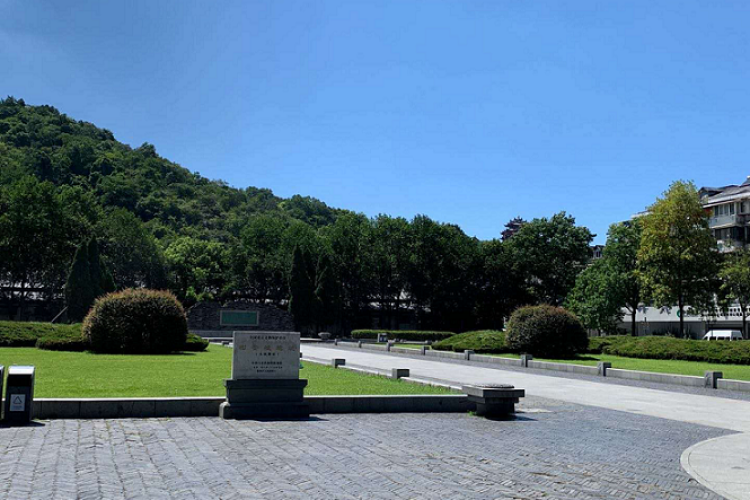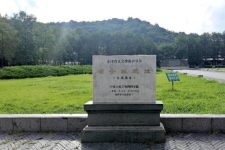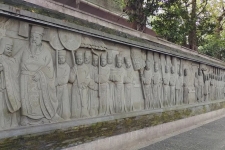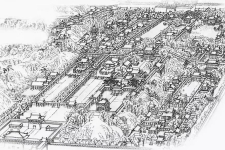TaiMiao site is located in Hangzhou Zhongshan South Road west of TaiMiao Lane north, south of the front of the courtyard. Taemiao site for the south of the central organ of the Southern Song Dynasty, "three provinces and six parts" and the Southern Song Imperial City protection scope, north of the Southern Song Five Fu site. From May to September 1995, the Hangzhou Institute of Cultural Relics and Archaeology excavated the site, covering an area of about 1000 square meters. Important architectural remains such as the eastern wall of the Taimyo Temple in the Southern Song Dynasty, the Dongmen Gate Site and the large rammed earth pedestal were discovered.
In order to protect this important historical and cultural site of the Southern Song Dynasty, the Hangzhou government decided to stop the original construction project on the site. At the end of the same year, the excavation site of Tai Temple was covered with earth and backfilled, and the site park of Tai Temple of the Southern Song Dynasty was constructed, which was open to the public and tourists free of charge.
The discovery of the site was named by the State Administration of Cultural Relics as the nation's top ten new archaeological discoveries in 1995. In 2001, it was included in the fifth batch of key national cultural relics protection units. Although the archaeological excavation has not revealed the whole picture of Tai Temple, it shows the scale and momentum of Tai Temple in Southern Song Dynasty and the high level of construction technology. The discovery of Taemiao ruins fills the gap of the lack of urban pattern and representative architecture in Lin'an City in Southern Song Dynasty.
